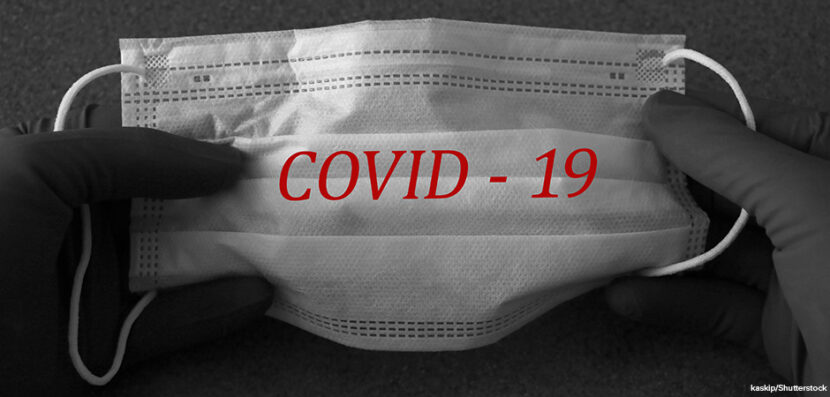- Current Events Nebraska Rejects Winner-Take-All Proposal
- Citizenship Voting Under Age 18
- Citizenship Citizenship in Action
- Democratic Party Biden’s and Trump’s Recent Primary Results
- Elections Trump and Biden Win South Carolina and Michigan Primaries
- Democratic Party Trump and Biden Win Big in Early February Contests

Congress Passes American Rescue Plan
Many American families are struggling financially as a result of the COVID-19 pandemic. COVID legislation passed by the federal government in 2020 included:
- direct financial relief payments to workers and families
- the Paycheck Protection Program for small businesses
- a Coronavirus Relief Fund that gives payments to state, local, and tribal governments
- payroll support to businesses and job creators to slow unemployment and
- the Emergency Rental Assistance program to assist households struggling to stay in their residence due the economic effects of the pandemic.
But the latest piece of legislation–the $1.9 trillion American Rescue Plan–has a much wider scope. It needed lots of political negotiating before finally being passed by Congress and signed into law last week. Here, Election Central takes a closer look at the provisions of the new plan, some of the opposition to it, and what it will mean for American families.
What Will the New Plan Do?
The American Rescue Plan will provide direct payments to qualifying households and individuals. A single person with an income up to $75,000 and couples with an income reaching a combined $150,000 will receive $1,400 per person. The bill also gives $1,400 payments for each dependent listed on their tax returns. The legislation and gives a longer amount of time to receive unemployment benefits and temporarily expands the child tax credit for families.
It will also provide over $100 billion in funding to schools, and more than $50 billion to COVID-19 testing, vaccinations, and supplies. Some individuals and families will get aid with their heating and cooling bills and the monthly amount of money the government pays in supplemental food voucher will increase. For seniors, $1.4 billion will go toward nutrition, support, and caregiver programs. Finally, $25 billion will go toward emergency rental assistance.
Aside from giving families some immediate financial relief, the new plan has other affects beyond the pandemic. For example, the expanded child tax credit has the potential to lift 50 percent of impoverished U.S. children out of poverty. The plan will also help fund small businesses ($7.25 billion for small-business loan programs) and anti-poverty programs. A grant of $25 billion will also go to restaurants and other food-service establishments, which have been hit especially hard by the pandemic.
A Long Road
During the congressional debate over the details of the American Rescue Plan, there was discussion over the aims of the legislation. Democrats wanted to address the larger societal causes of poverty and Republicans were critical of the bill because only a small percentage of the money was specifically for COVID measures such as distributing vaccines or tracing infections or testing supplies. It originated in the House of Representatives, where it passed, and then moved to the Senate. But the Senate made several important changes to it. One of the biggest disagreements was an effort to increase the federal minimum wage. This was originally part of the bill, but it was removed to speed up the passage of the plan. Democrats also had to compromise by lowering the income payment cutoffs for those eligible for the $1,400 payments. The initial threshold for individuals was set at $100,000 and for couples filing jointly, it was $200,000. Weekly unemployment benefits were also adjusted from $400 to $300 per week to reduce the impact on the federal budget.
Once the bill passed, it returned to the House of Representatives for approval in its new form. The compromise version of the bill passed 220 to 211 before President Biden signed it into law.


